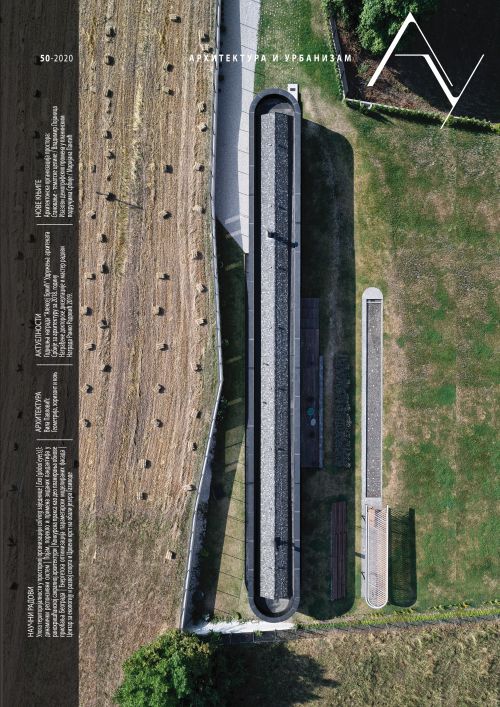VILLA PAVLOVIĆ
GEOMETRY, HORIZON AND HORSE
Abstract
The evolution of the villa has always represented the evolution of the lifestyle; that is why the villa typologically originated from the Romans, but it always revived in European architecture at times of architectural forms fundamental changing, which also represented social changes. In Tuscan rural areas of the 16th century, the stylized houses connected the classical iconography with the life full of virtue, balance, usefulness and contemplation. In the European landscape of the 1930s this architectural type sought to encompass the atmosphere of the world connected by railroads, steamships and submarines, the means by which modern society mastered the global distances. The aesthetics of the traffic machine is built into the iconography of the modern villa in the way that scenes from mythology and humanistic literature have fulfilled its classical form. The machine was a symbol of civilization overcoming what was once insurmountable difference between close and too far places. The breakthrough in technology abolished the division into cultivated and wild nature, enabling to the life in villas to become even closer to the urban culture it essentially represented. What was once a static scenery has been transformed into a dynamic sequence of views from a moving point, yet the definition of villa didn't change. In the villas, more than anywhere else, the form that nature and agricultural activities give to the landscape remains connected with the finest expression of urban art and civilization.
References
Argan, G. C. (1989) Arhitektura i kultura, Split, Logos.
Barbaras, R. (2009) Invisibility at the heart of appearance: on perception, art and desire, in: Andersen, M. A., Oxvig, H. (ed.) Paradoxes of Appearing: Essays on Art, Architecture and Philosophy, Zürich, Lars Müller Publishers.
Bauman, Z. (2011) Tekuća modernost, Zagreb, Naklada Pelago.
Cassirer, E. (2000) The Individual and the Cosmos in Renaissance Philosophy, Mineola, Dover Publications Inc.
Фери, Л. (1994) Homo aestheticus: откриће укуса у демократском добу, Сремски Карловци-Нови Сад, Издавачка књижарница Зорана Стојановића.
Le Korbizije (1999) Ka pravoj arhitekturi, Beograd, Građevinska knjiga.
Mertins, D. (2011) Modernity Unbound, London, AA Publications.
Milenković, V. (2015) Forma prati temu, Beograd, UB–AF.
Penson, D. (2001) Arhitektura i moderna, Beograd, Clio.
Sica, G. G. (2007) The Florentine Villa: Architecture, History, Society, New York, Routledge.
Uspenski, P. D. (1990) Smer četvrte dimenzije, Delo: Pjotr Demijanovič Uspenski, br. 8-9-10, str. 151-170.
Vesnić, S. (2020) Arhitektonski koncept: Objekt stvarnosti i subjekt iluzije, Novi Sad, Akademska knjiga, Beograd: IDESE.

